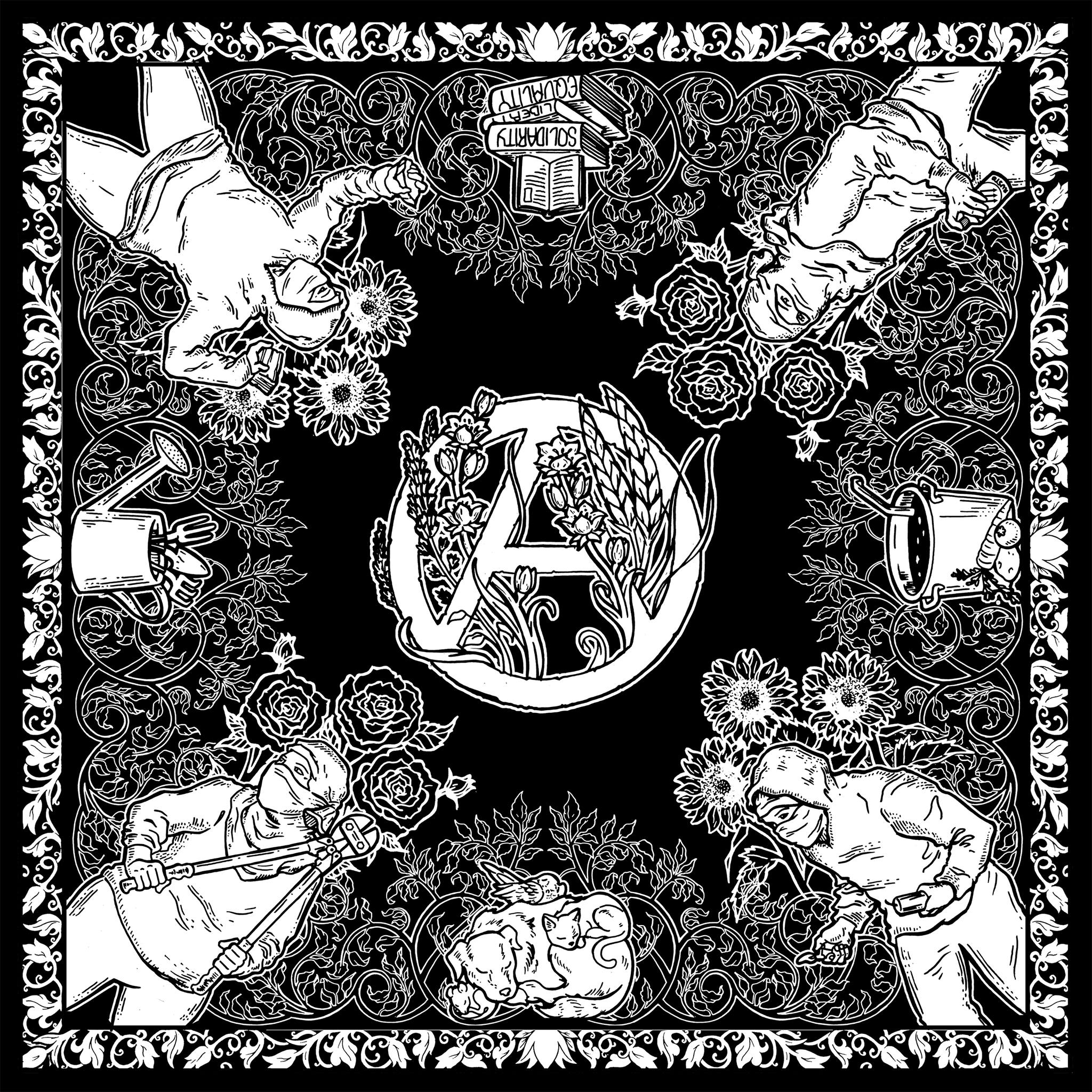Infectious diseases originating from animals (zoonotic diseases) have emerged following deforestation from agriculture. Agriculture can reduce its land use through intensification, i.e., improving resource use efficiency. However, intensive management often confines animals and their wastes, which also fosters disease emergence. Therefore, rising demand for animal-sourced foods creates a “trap” of zoonotic disease risks: extensive land use on one hand or intensive animal management on the other. Not all intensification poses disease risks; some methods avoid confinement and improve animal health. However, these “win-win” improvements alone cannot satisfy rising meat demand, particularly for chicken and pork. Intensive poultry and pig production entails greater antibiotic use, confinement, and animal populations than beef production. Shifting from beef to chicken consumption mitigates climate emissions, but this common strategy neglects zoonotic disease risks. Preventing zoonotic diseases requires international coordination to reduce the high demand for animal-sourced foods, improve forest conservation governance, and selectively intensify the lowest-producing ruminant animal systems without confinement.

Strategies that prevent infectious diseases at their root sources are called primary prevention (6, 18, 33). This work outlines three pillars for primary prevention that, when combined, constitute stronger protection against zoonotic diseases from animal agriculture than any one pillar in isolation (Fig 2). National governments should coordinate their support for a wide range of policies and activities that support these pillars, including expanding veterinary and extension services for improved animal care in LMICs (18), phasing out and banning subtherapeutic and growth-promoting antibiotic uses (82), forming multilateral commitments among countries importing and exporting tropical commodities linked to deforestation (73), ambitiously scaling community-based approaches to popularizing plant-rich diets (68), supporting open and public alternative protein research (77), and facilitating sustainable and just transitions for producers. Commitments should also set quantifiable science-based goals and fund ongoing research to monitor and accelerate progress. Together, the three pillars of primary prevention can guide and empower decision-makers to escape the zoonotic disease trap of business-as-usual animal agriculture.

